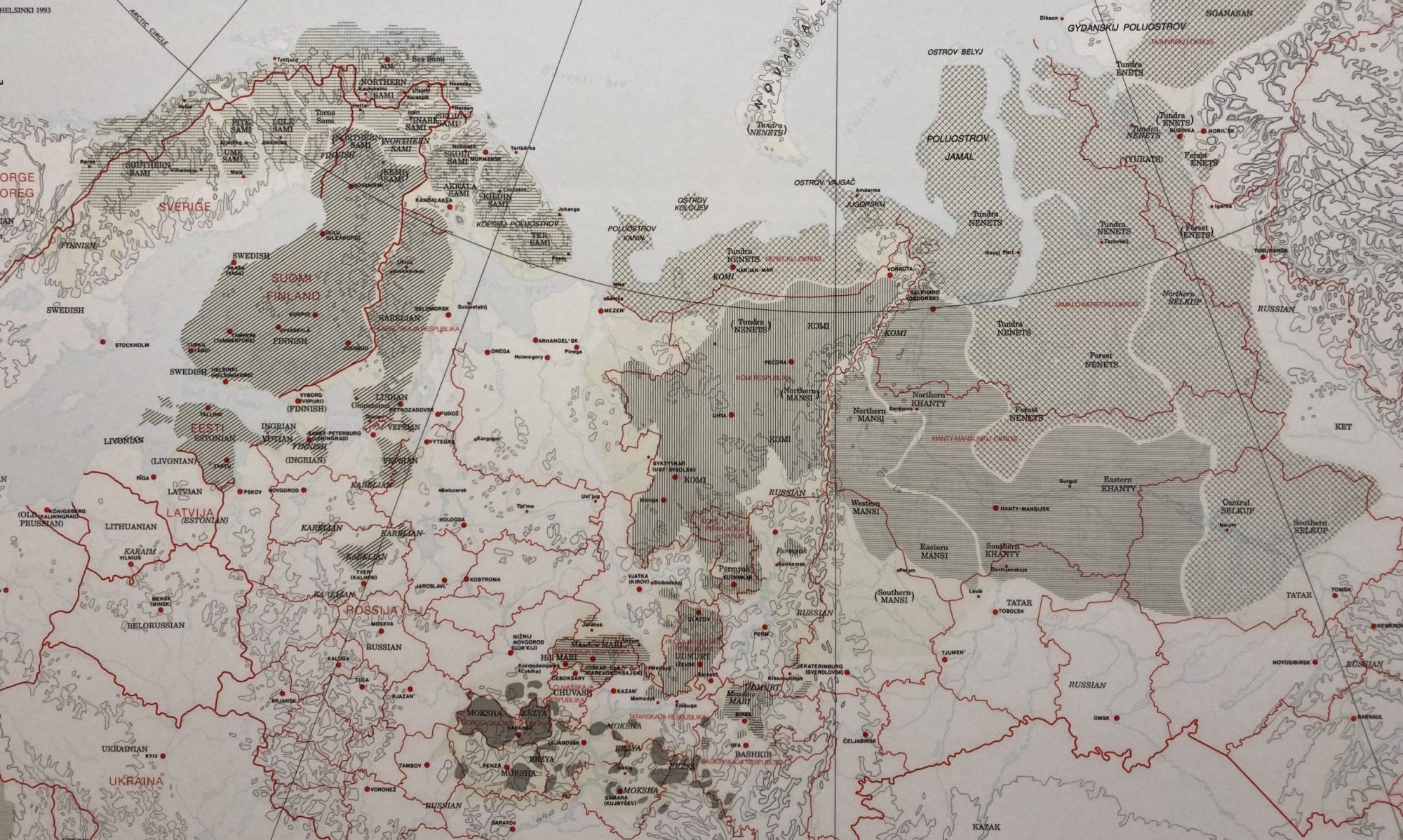The aim of the workshop is to discuss diversification within the Uralic language family. Its participants try to reconstruct sociohistorical settings of the Uralic language history based primarily on linguistic data. Many papers of the workshop focus both on the linguistic history of the Uralic languages and on real-world contexts that shaped the diachronic changes. These include contacts and their timing, geographic expansions, language/dialect continua, etc.
The schedule consists of twelve 45-min talks (30+15) by experts in individual Uralic (sub)branches covering details of language diversification in the given branch.
The following research questions were sent to participants in advance. While no paper can possibly answer all of them at once, they were intended to serve as a common frame indicating possible directions of enquiry.
- Which geographic routes did the speakers of the early varieties of the given branch follow before adopting the location that was documented in the modern times? What were the motivations for these particular routes and for the spread in general?
- Which sociolinguistic and sociohistorical settings or changes accompanied the diversification of the branch languages? What was their impact on the diachronic changes and structure of the given languages?
- Are there, or were there at some point, language/dialect continua in the branch? What are the linguistic grounds to claim so? What are/were the sociolinguistic settings behind it: what are/were the patterns of interaction that made it possible, what language ideologies could influence it (e.g. identity matters)? Are language contacts involved in the process? What ended the continuum if there was one in the past?
- What are the patterns of retentions in the languages of the branch: which languages are more conservative than the others, which features tend to be stable? Do these patterns correlate with the geographical distribution of individual varieties? Which particular interactions and/or language ideologies supported the retentions?
- How did innovations spread in the given branch: which languages are more innovative than the others, which features arose secondarily? Do these patterns correlate with the geographical distribution of individual varieties? Which particular interactions and/or language ideologies facilitated the spread of innovations?
- What was the role of interactions with speakers of non-Uralic languages in the diversification processes? What were the linguistic levels of contact influence (phonology, morphology, syntax, lexicon) and were there any sociolinguistic reasons for this? How and to what extent did speakers of non-Uralic languages adopt languages of the given branch, and what were the linguistic consequences of the bilingualism or multilingualism? How and to what extent did speakers of the languages of a given branch adopt or shift to non-Uralic languages, and what were the linguistic consequences of the bilingualism?
- How did particulars of social and linguistic identities of the speakers influence the diversification rates in the branch? What was the interplay between diversification due to an increase in physical distance and a willingness to maintain the same social identity? Did distinct identities fuel up the differentiation, and if so, what were the sociohistorical grounds behind the distinctions?
- How do periods of divergence and convergence alternate in the history of a separate development of the branch? Did they correspond to any external events in the history of communities speaking these languages?
